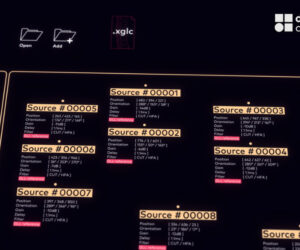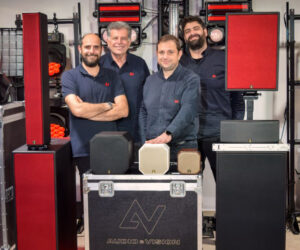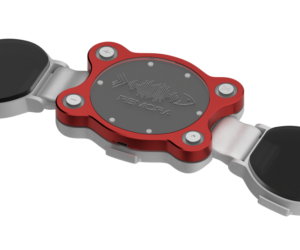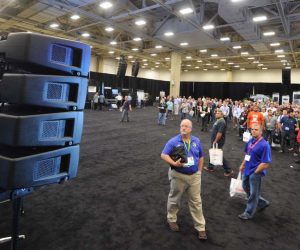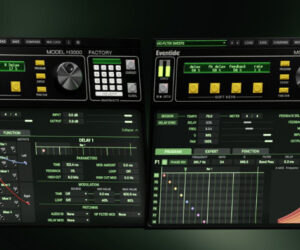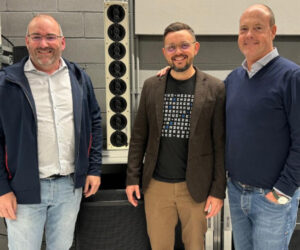Indie pop performers Tennis, fronted by husband-and-wife team Patrick Riley and Alaina Moore who draw inspiration from classic recordings from the 1950s and ’60s, employ Audix OM5, OM6, D6, A133, and ADX51 microphones both onstage and in the studio, including the duo’s self-produced sixth record, Pollen.
Moore and Riley have a shared affinity for retro-inspired sounds. “Our entry point into music was the tones and recording choices; engineering choices, I suppose you would say,” says Moore. “And that has always been what we are most interested in when we make music.”
“Most of our gear is extremely old. It’s either from the ’50s or the ’60s,” Riley adds. “Audix microphones are the only new microphones we have.”
The band first connected with Audix when they auditioned vocal microphones for stage use. “We did a really big vocal mic shootout for our tour, where we either asked for demos or just straight-up bought every dynamic vocal microphone that you could buy,” says Riley. “We tried them all out in a venue and just went nuts editing them and recorded it all, and did a really healthy test of feedback rejection and asking, does it sound natural? How much EQ do we need to put on?”
Onstage, the band uses an Audix OM5 on vocals, an A133 on guitar, and a D6 on kick drum. “Live, I’m a fairly quiet singer, and we were really struggling to find something that would be directional and let me cut through the mix,” Moore explains. “[Other microphones] cut out the frequencies of my voice that make it sound like my voice, and I would sound like a different singer. My timbre would be so changed, I didn’t like it. But when I sing through the Audix mics — of all the ones that we demoed — I feel like they leave the natural tonal qualities of my voice most intact.”
“It doesn’t need a ton of EQ or anything like that,” Riley adds. “It’s really hard to mess up.”
Tennis has been exploring using Audix microphones in the studio as well, using them in concert with their collection of ribbon mics and other vintage gear. “I have been using overhead mics and the kick drum mic,” Riley explains. “It’s such a nice blend to have for kick drum, especially if you’re using ribbon overhead mics; you want something more modern that’ll get it to sit in its place. Because the ribbon mics, they’re so murky. The Audix D6 kick drum mic is modern and tight. We never use a ported kick drum, so the Audix mic brings tons of high-end clarity to it, which for us is really important. And we’ve been tracking with the ADX51 small-diaphragm condenser. We’ve been using that on acoustic guitar a lot too, and it’s been awesome.”





